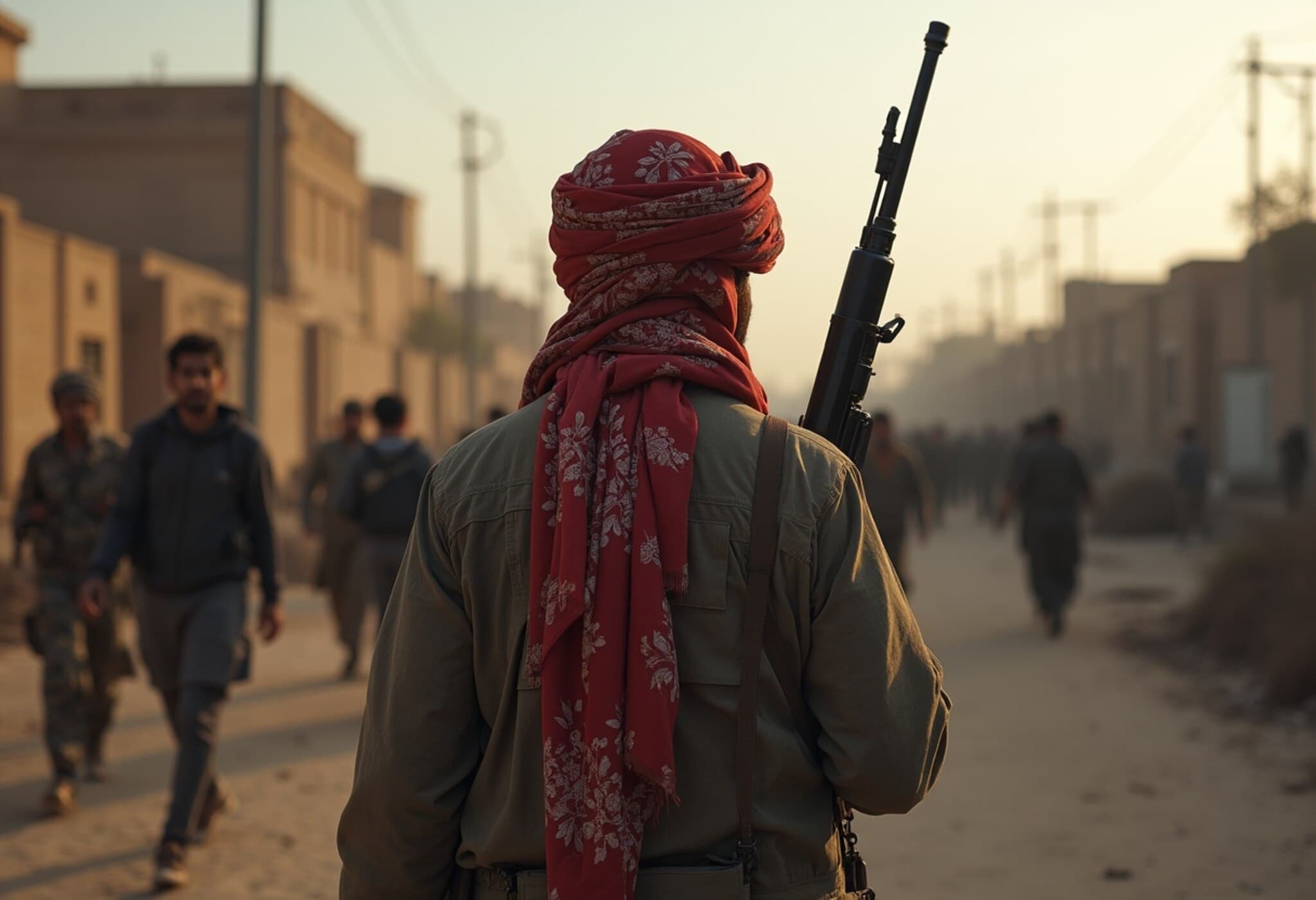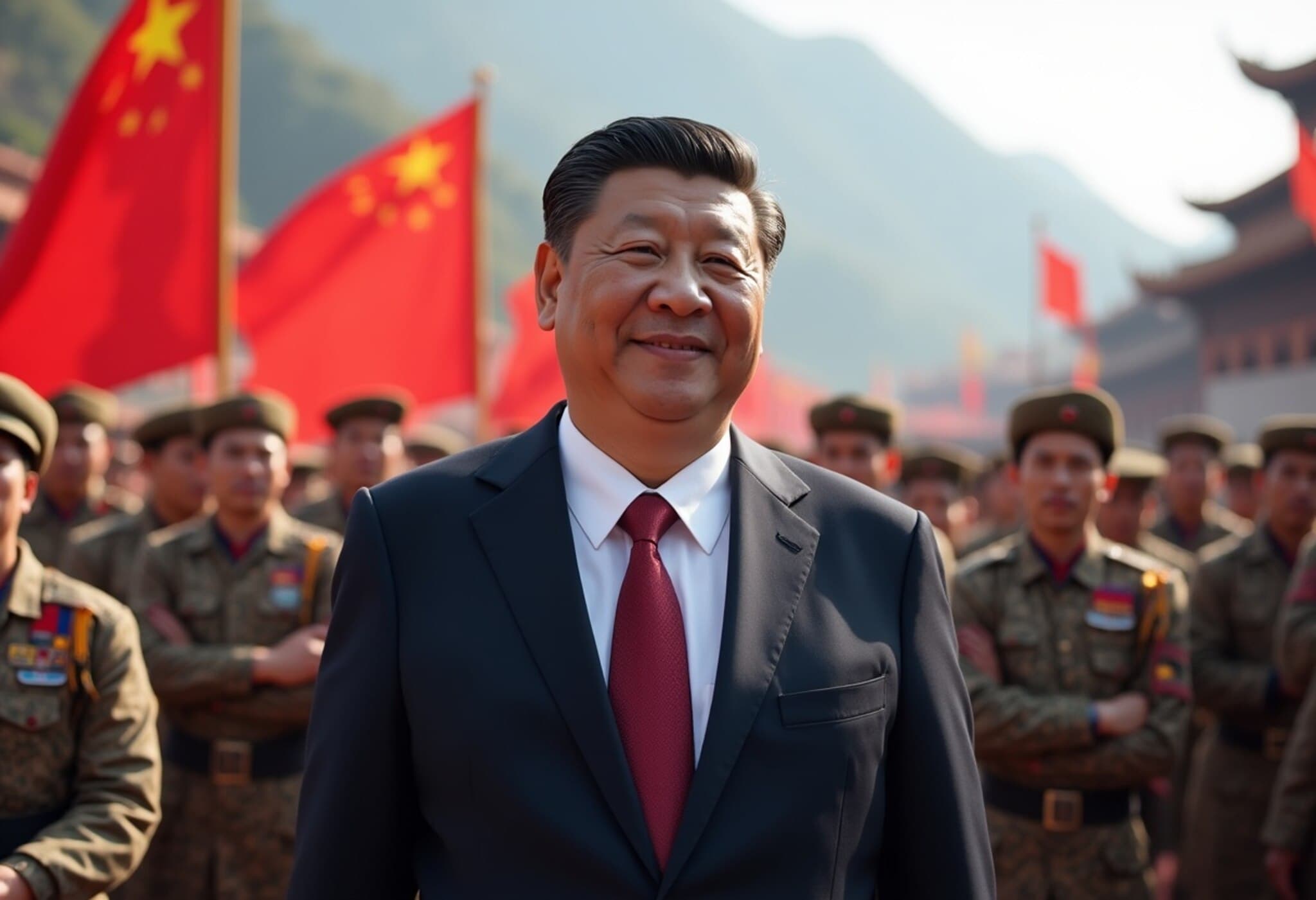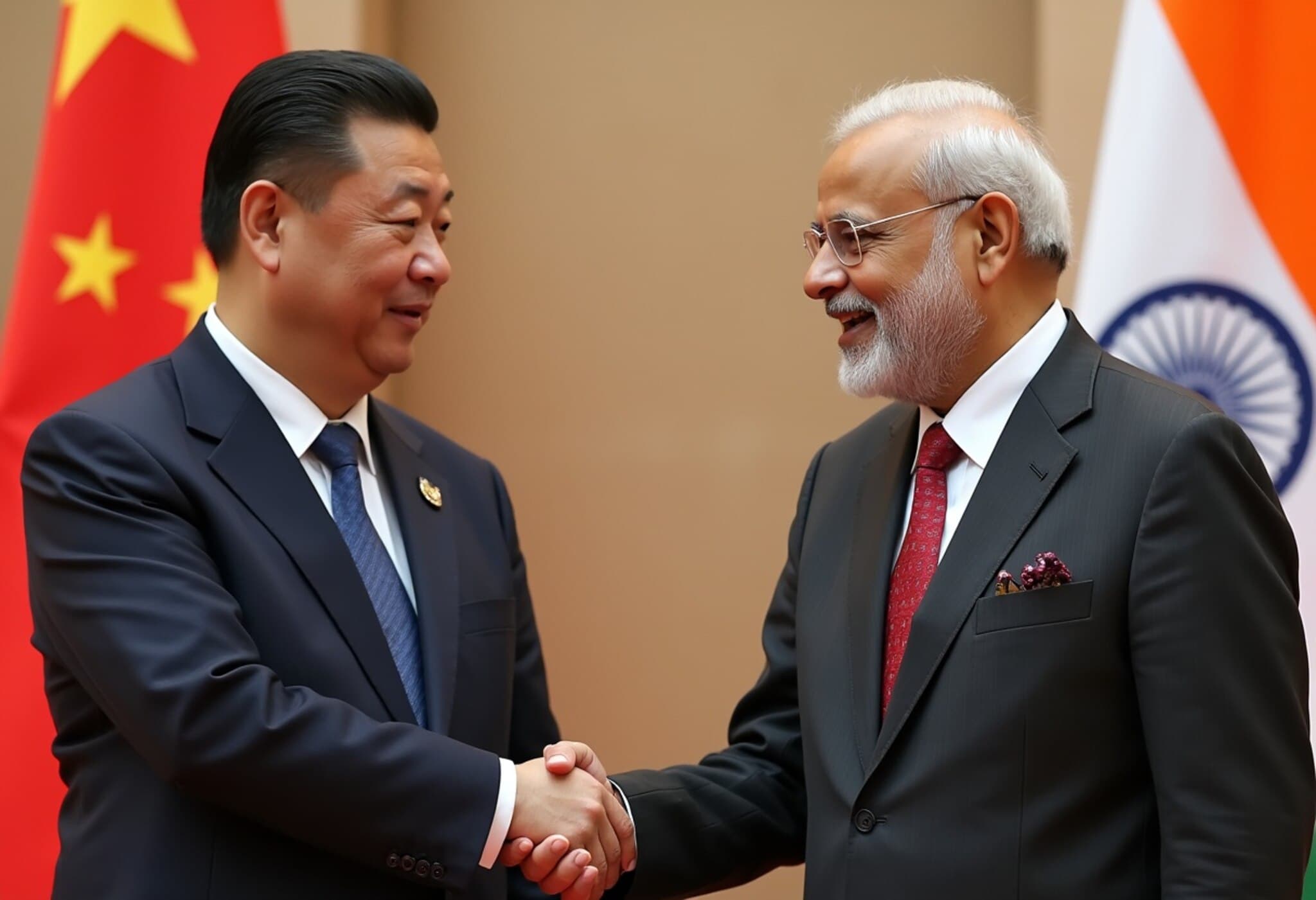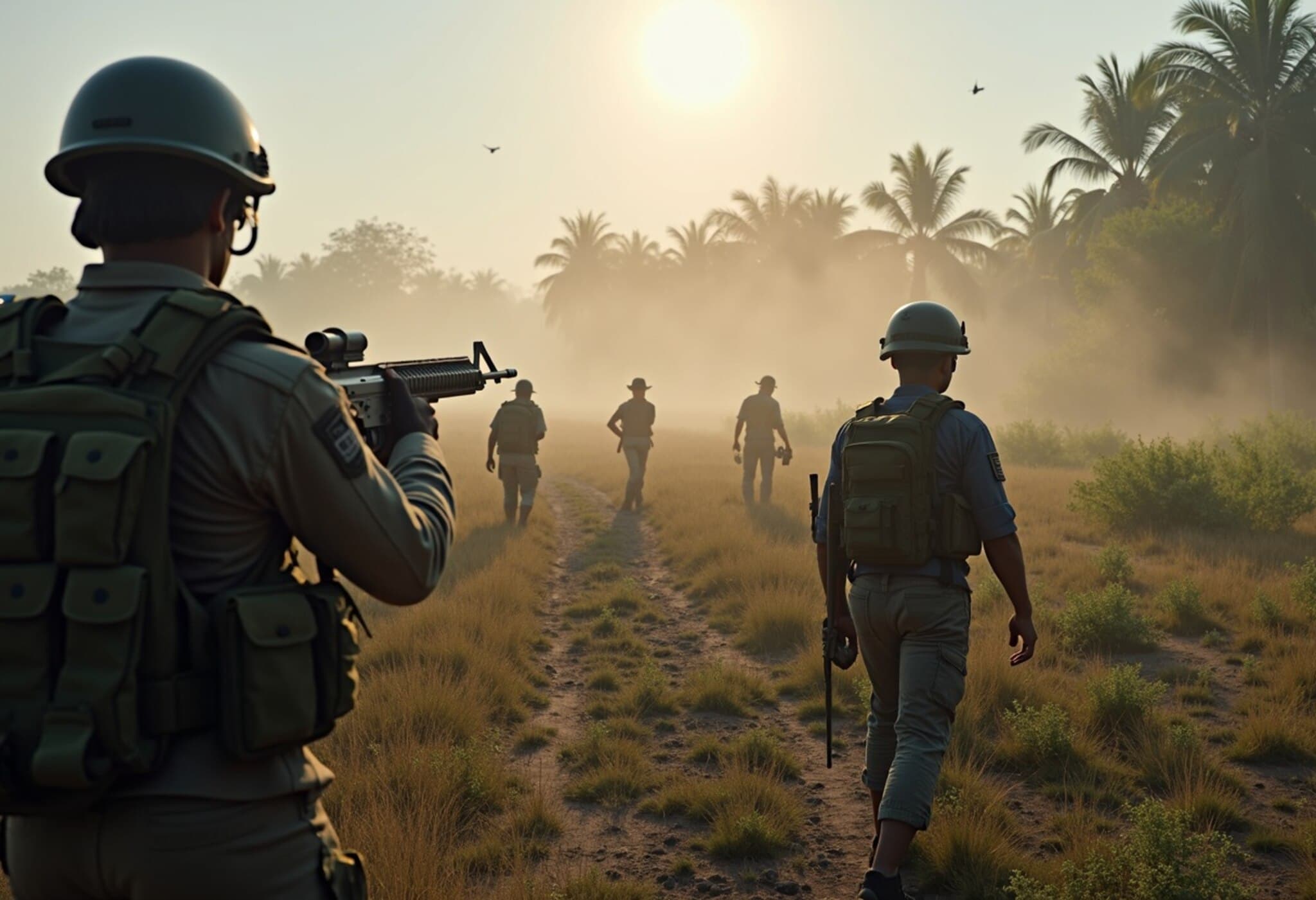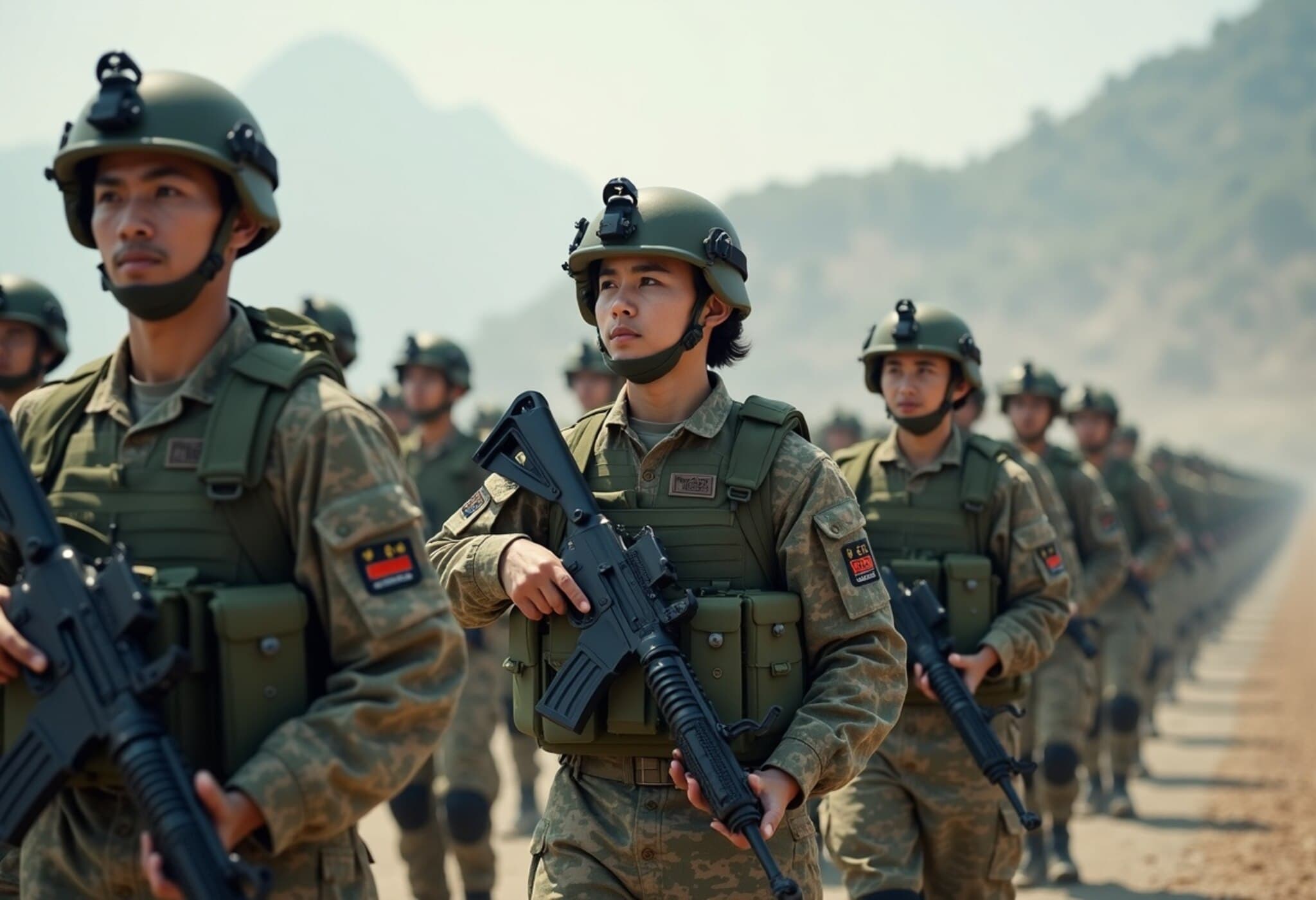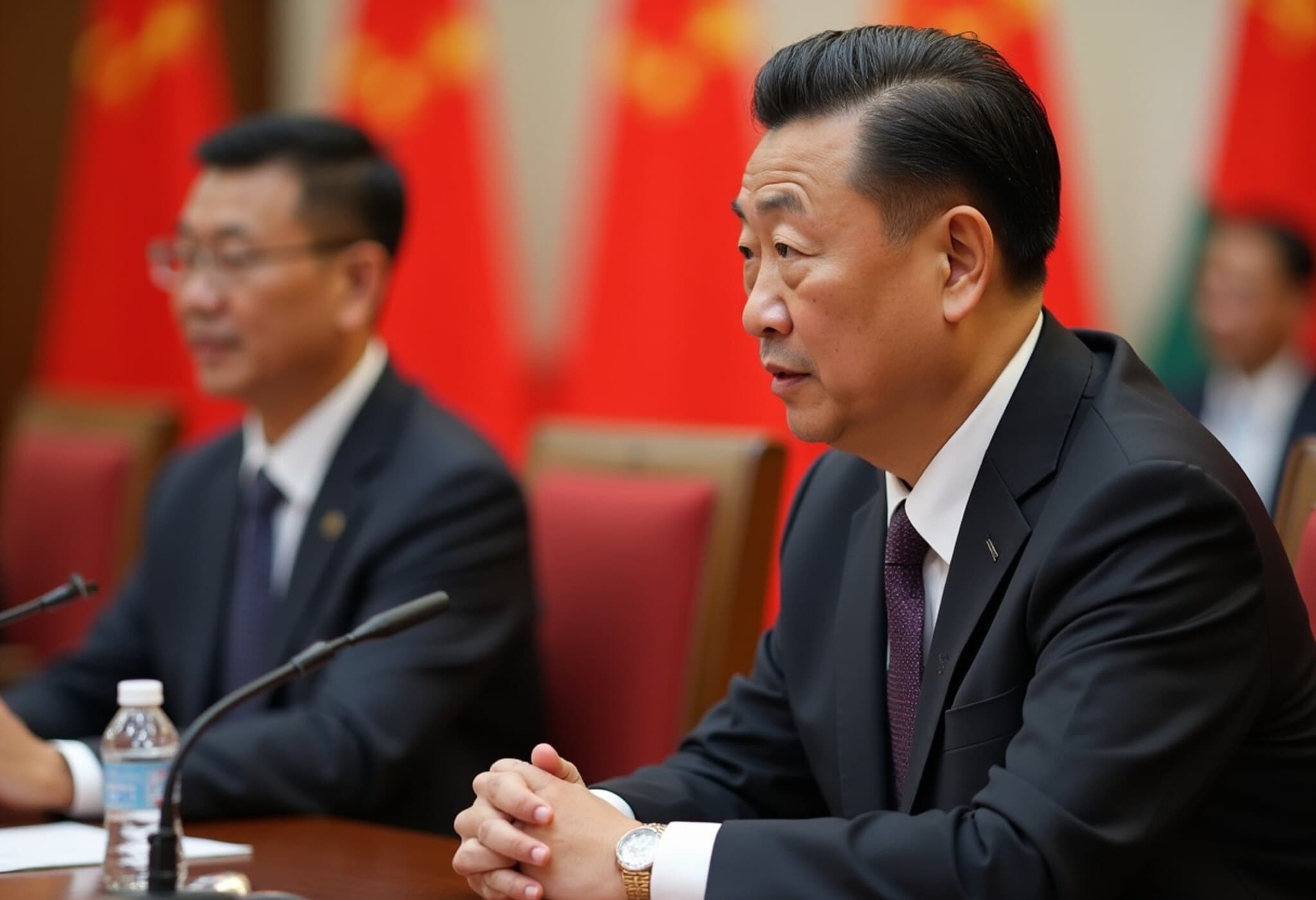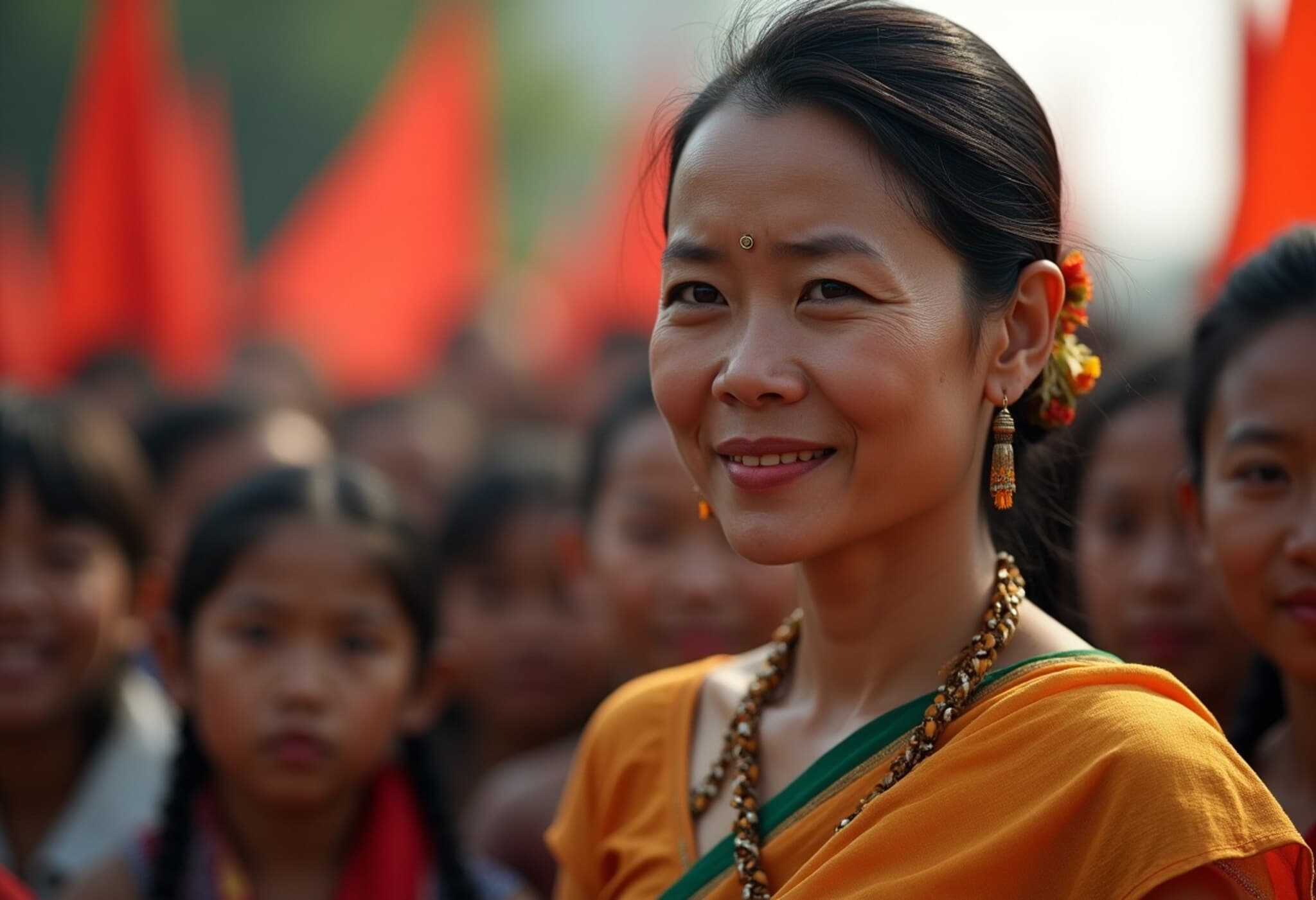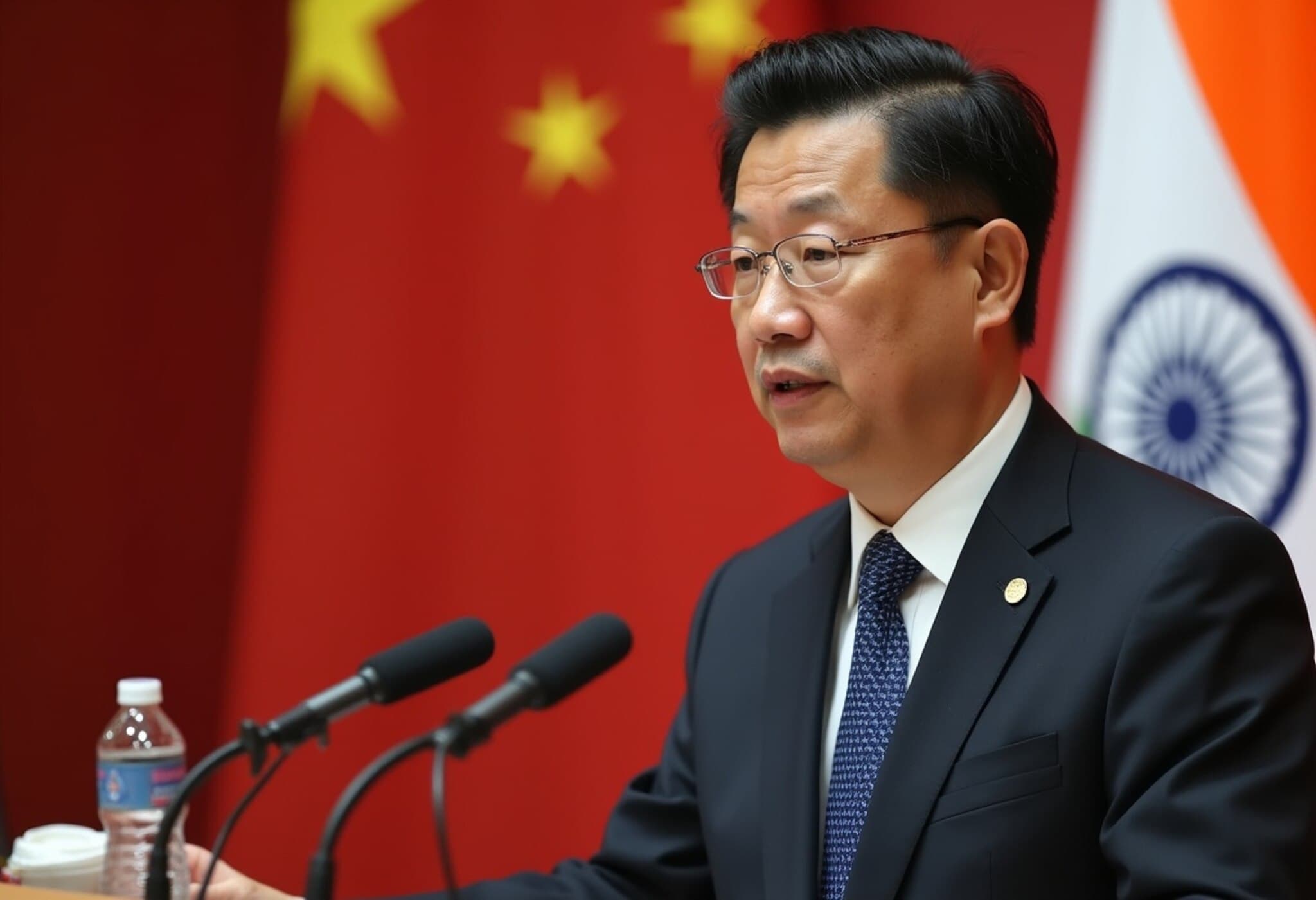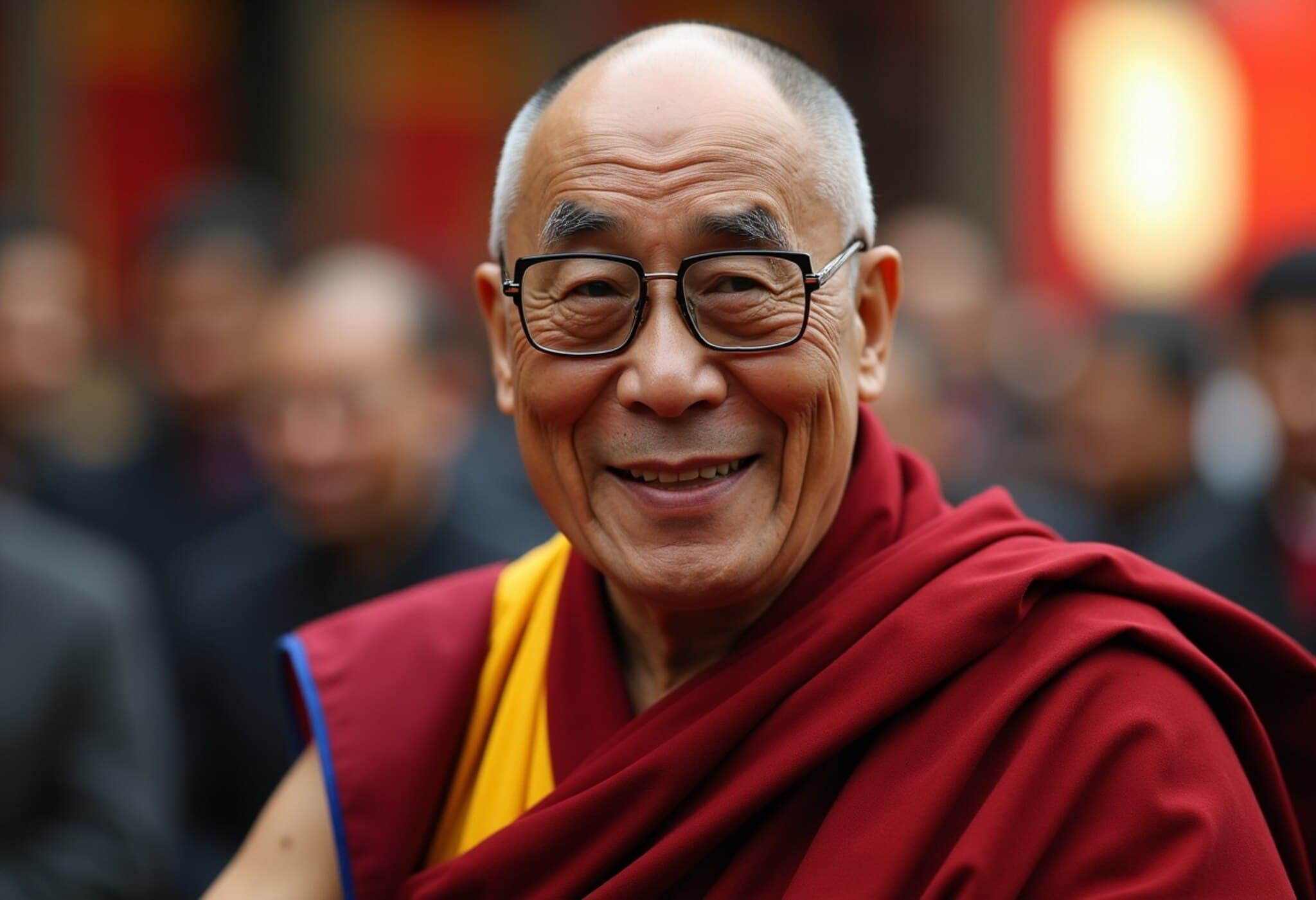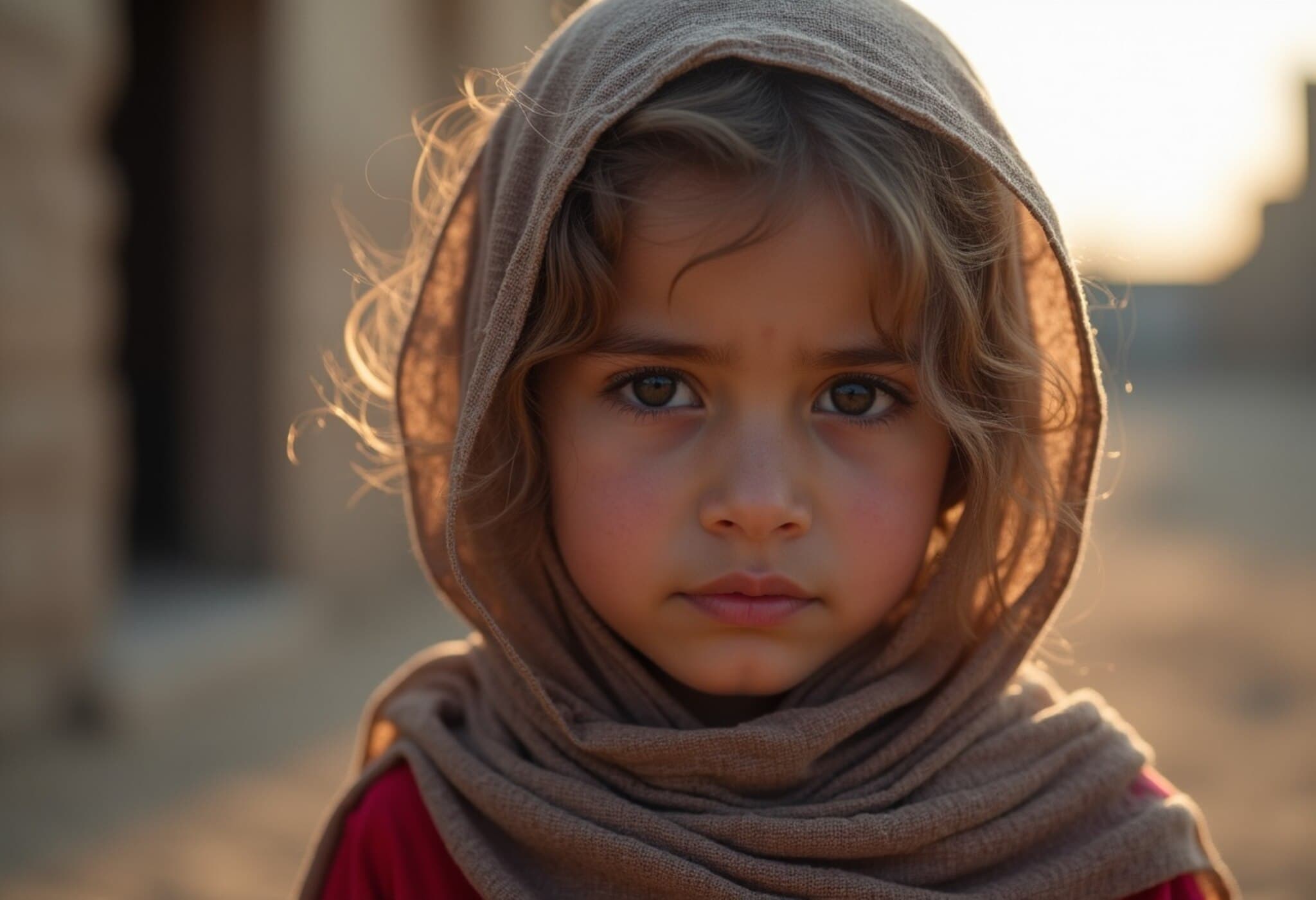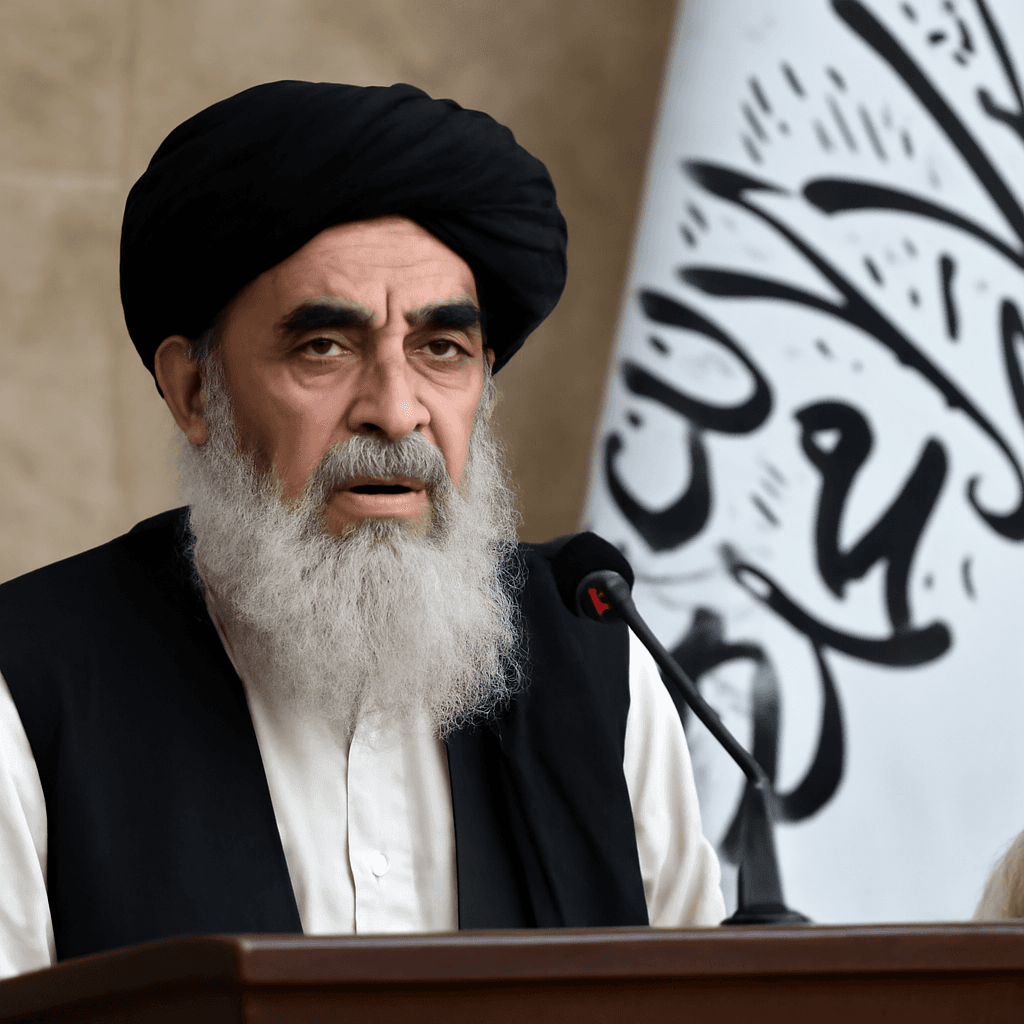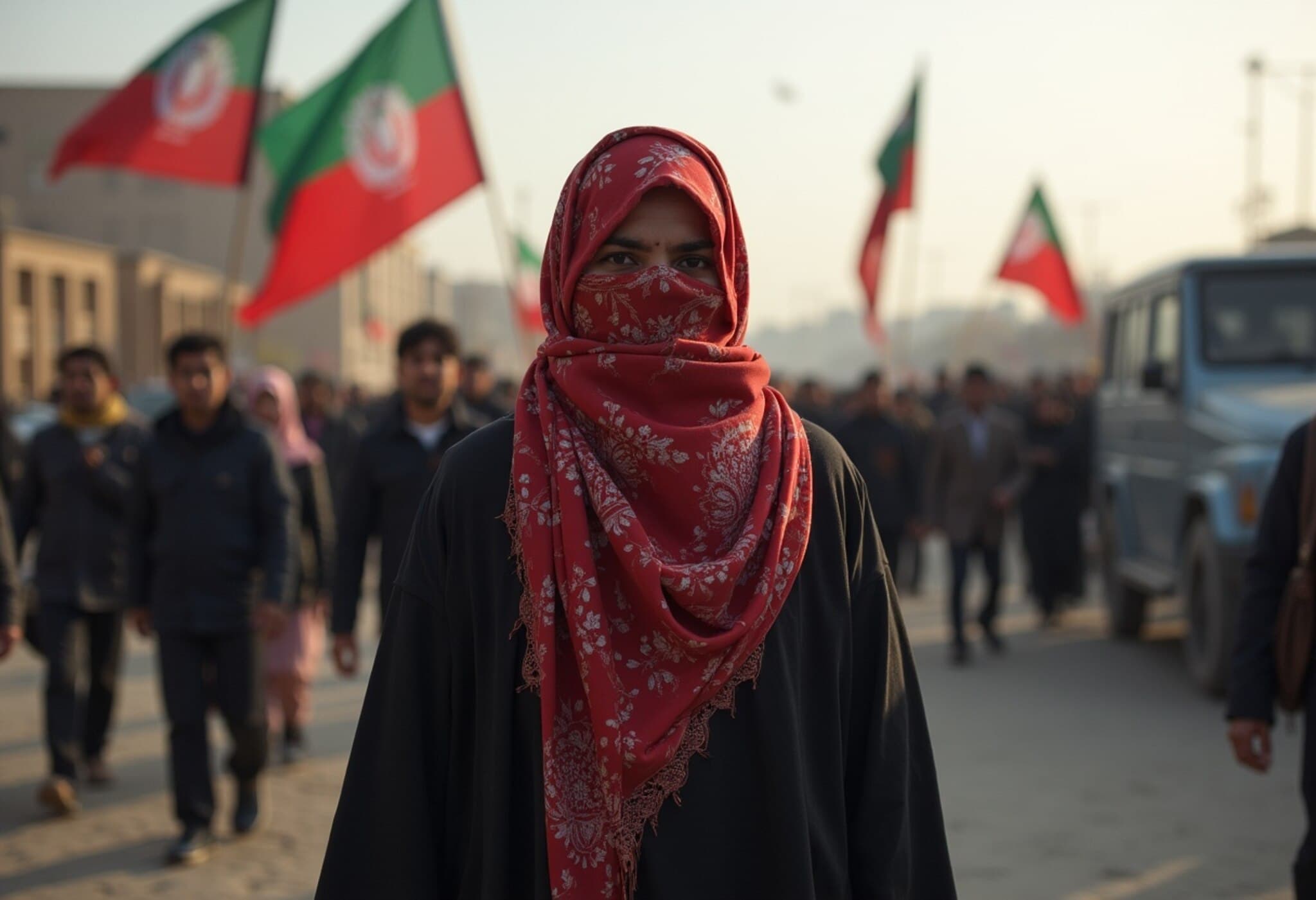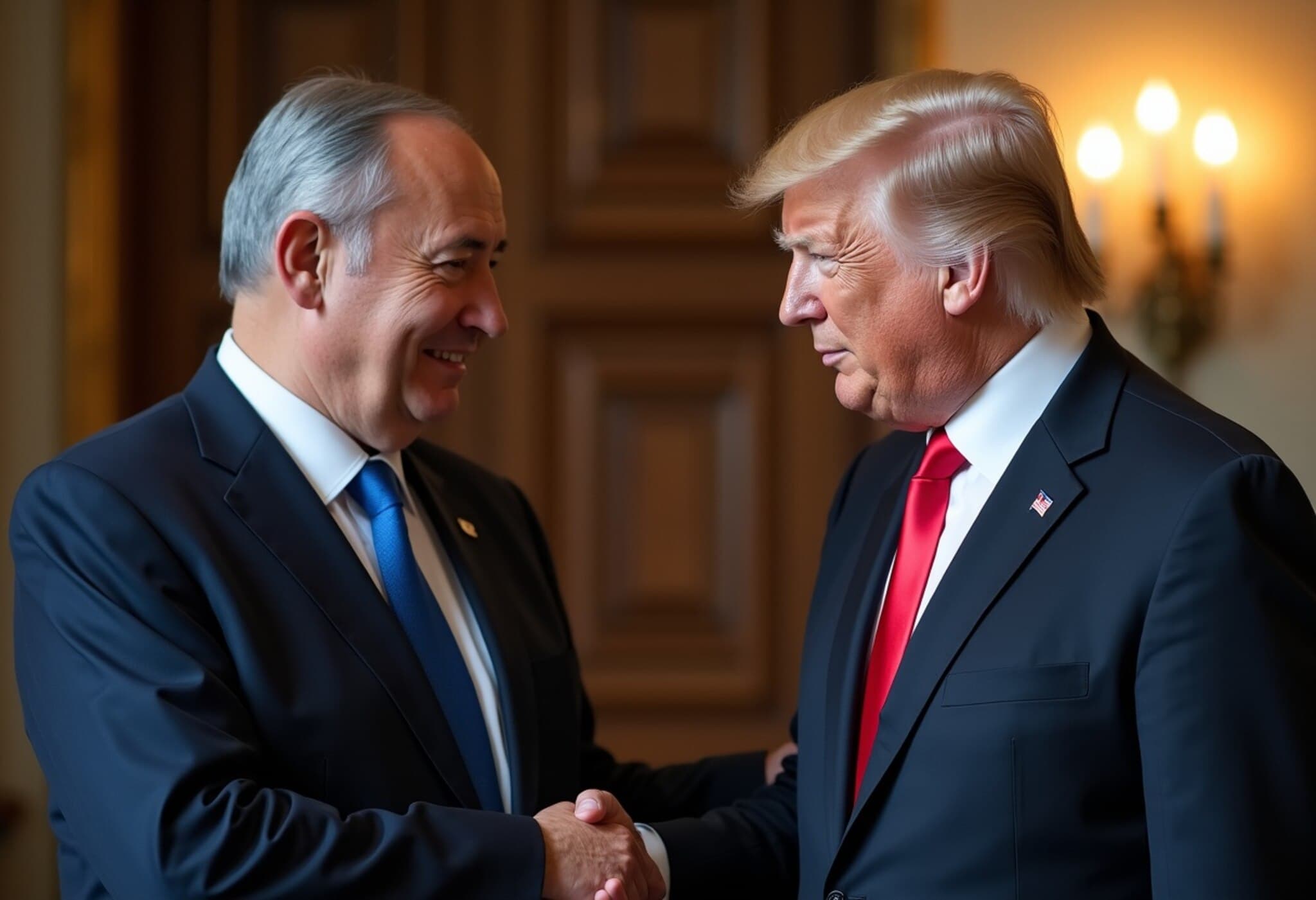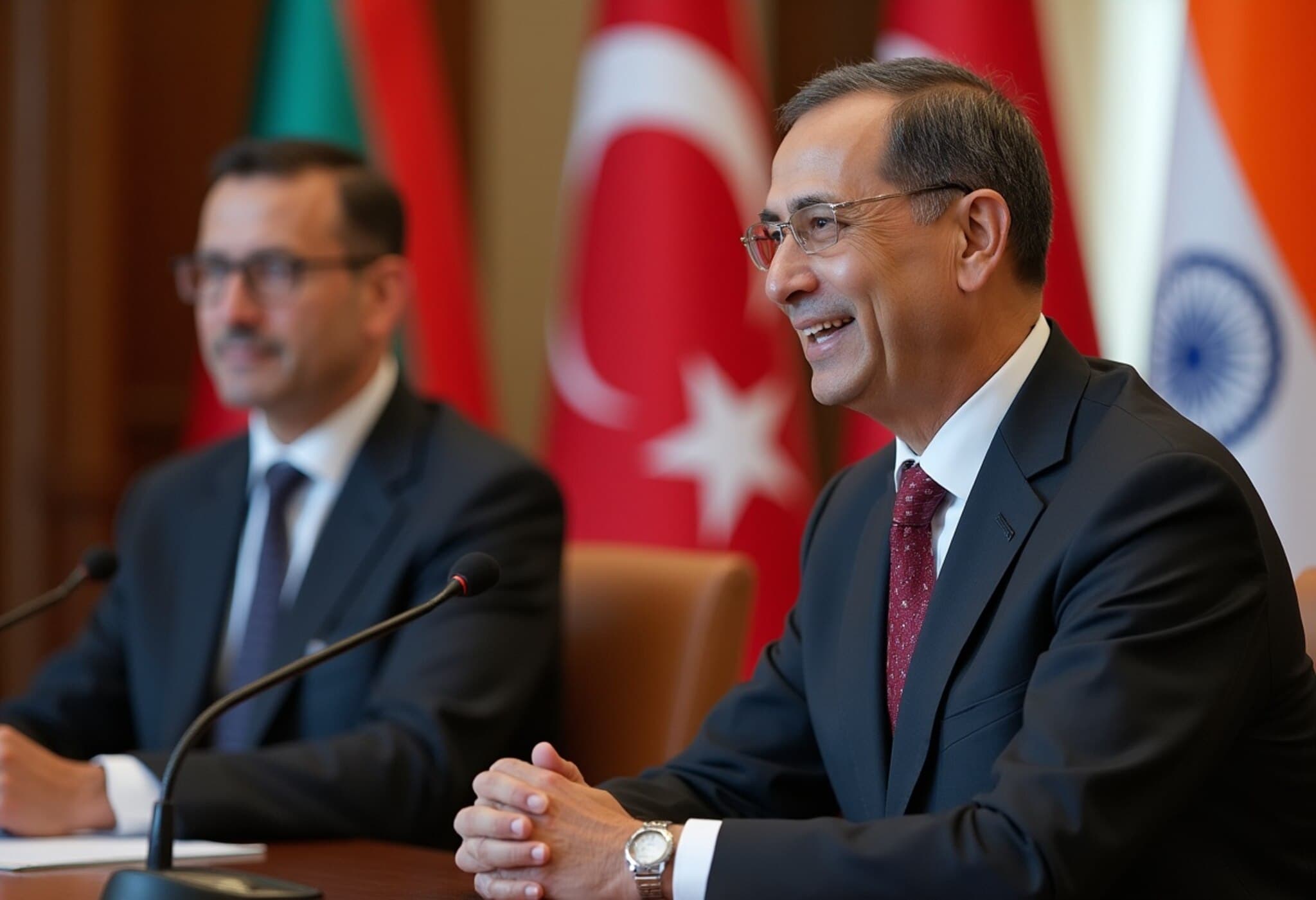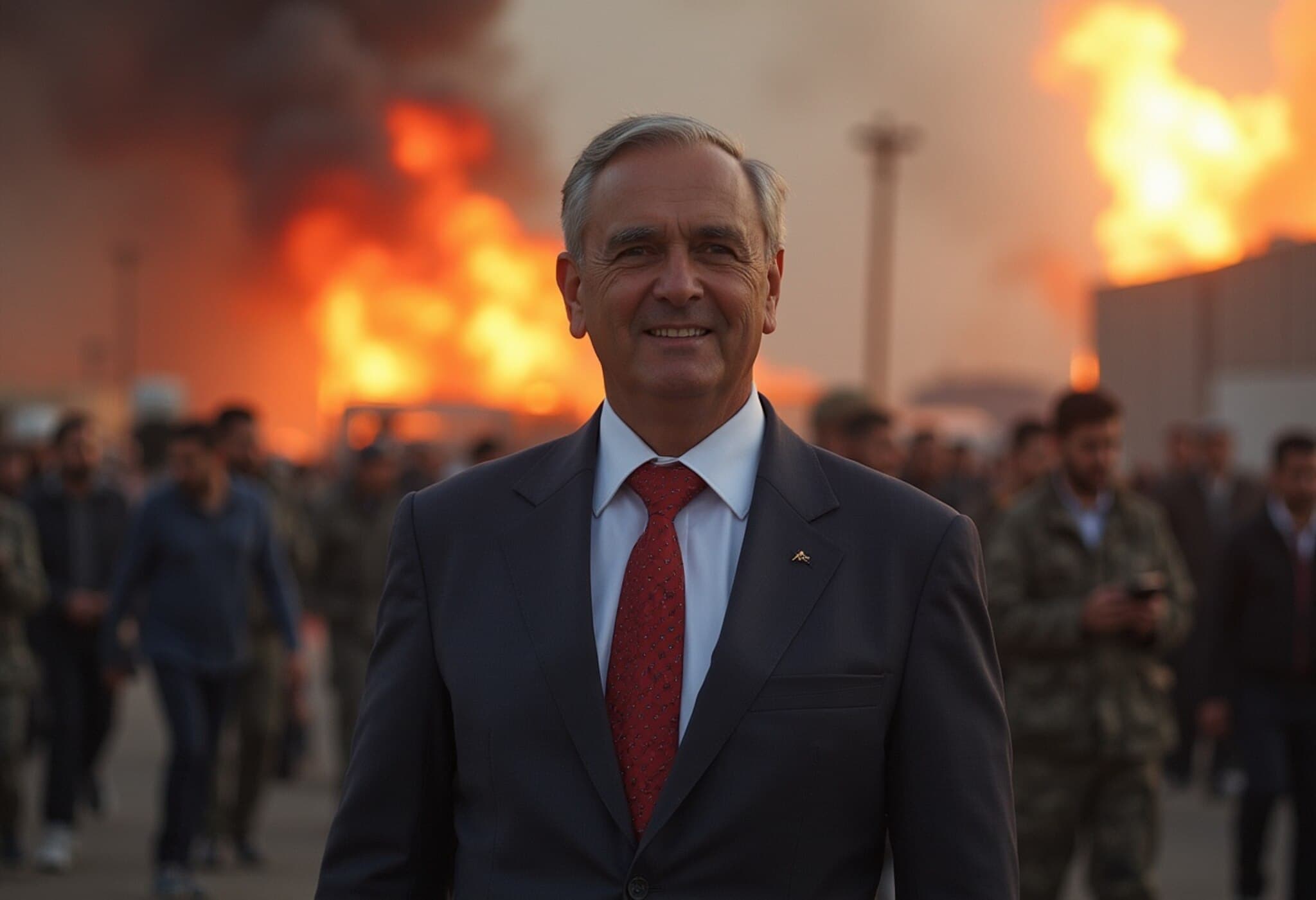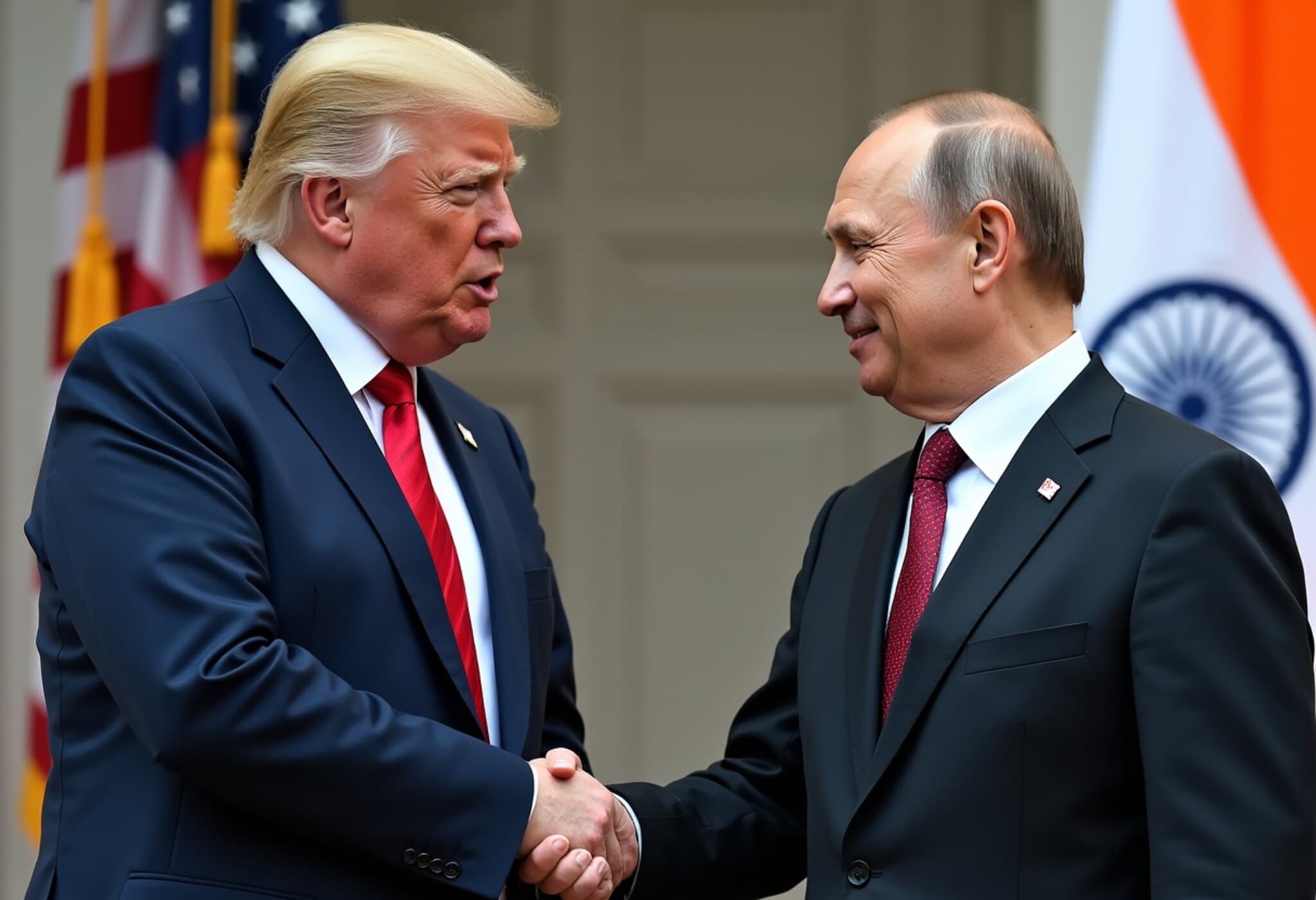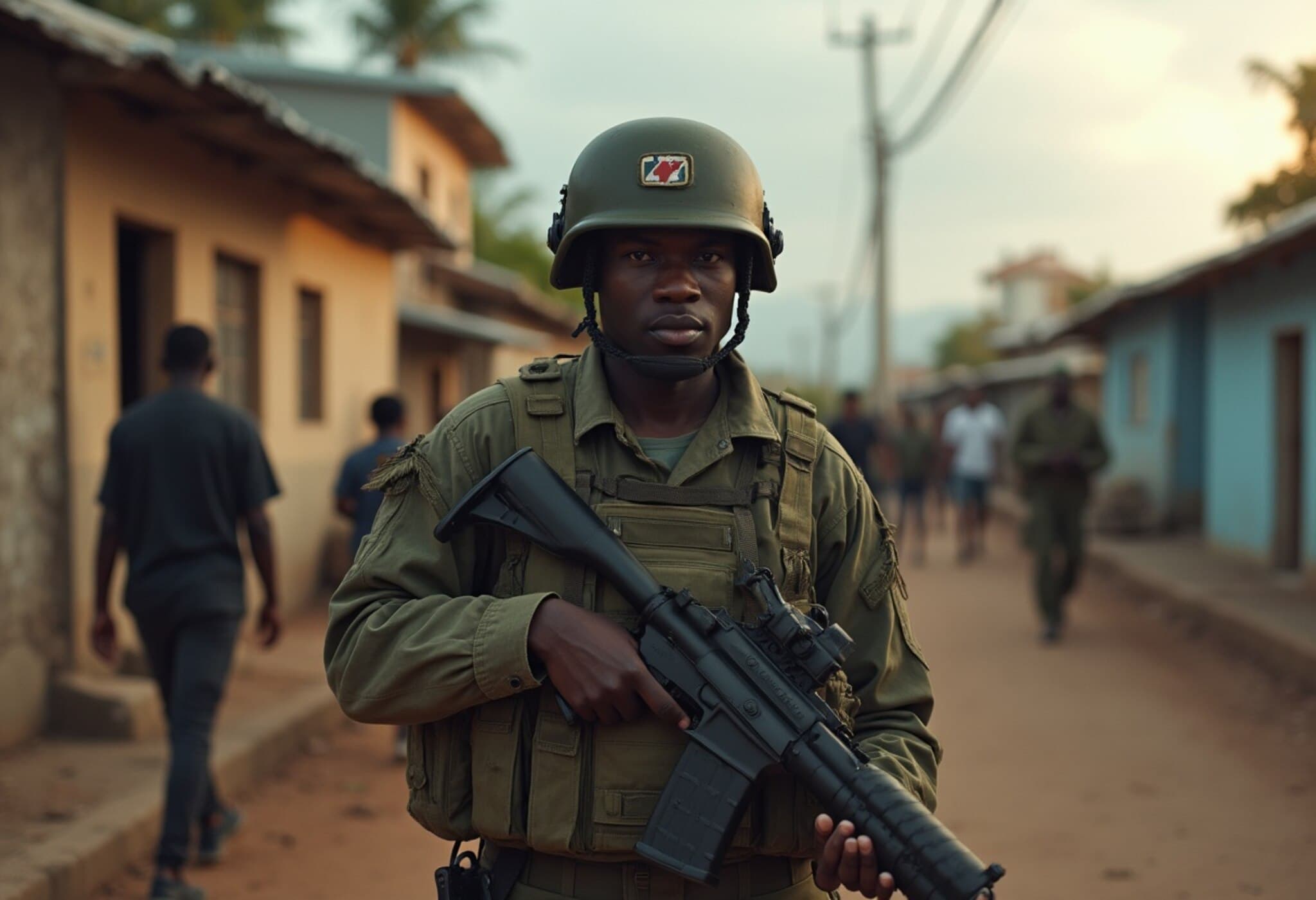Tracing the Taliban’s Return: A Timeline of Afghanistan’s Tumultuous Four Years
August 15, 2021, marked a watershed moment in modern Afghan history as the Taliban swept into Kabul, reclaiming power amid dramatic geopolitical shifts following two decades of international involvement. The subsequent years have been defined by stringent social policies, growing authoritarian control, and evolving international relations — all reshaping Afghanistan’s domestic landscape and its geopolitical standing.
2021: The Fall and Fractures
- August 15: The Taliban enter Kabul following the rapid withdrawal of U.S. and NATO forces, leading to the collapse of the Western-backed government and President Ashraf Ghani's flight.
- August 26: A devastating suicide bombing orchestrated by Islamic State targets the chaotic evacuation efforts at Kabul’s airport, killing more than 170 Afghans and 13 U.S. soldiers. This attack starkly highlighted the volatile security environment on the ground.
2022: Restrictions Tighten and Rights Erode
The Taliban’s governance began reflecting increasingly hardline policies, especially toward women and human rights.
- March 23: In a shocking reversal, the Taliban block girls from attending secondary schools, halting education for females beyond the sixth grade – a move signaling a harsh societal regression.
- May 7: Introduction of strict dress codes enforced by the Ministry for the Promotion of Virtue and Prevention of Vice, advising women to wear face coverings and remain indoors absent vital reasons.
- November 10: Nationwide prohibitions on women’s access to gyms and parks take effect, justified by claims of non-compliance with ‘Islamic’ dress and segregation norms.
- December 21: Extension of an educational ban bars women from universities altogether, cementing systemic gender-based exclusion.
2023: Societal Controls and International Maneuvering
- July 4: Closure of beauty salons impacts tens of thousands of female entrepreneurs, reflecting the Taliban’s sustained encroachment into women’s public and economic life.
- September 13: Strengthening diplomatic ties with China, as the Taliban officially send an ambassador to Beijing following welcoming ceremonies – a significant pivot signaling Beijing’s strategic interest.
- October 7-September 16: Natural disasters compounded by security crises: a 6.3 magnitude earthquake devastates Herat province, followed by deadly attacks on Shiite communities and suspension of polio vaccinations, underscoring ongoing humanitarian challenges.
2024: Diplomatic Realities and Continued Hardline Policies
- January 4: Arrests for ‘improper’ hijab enforcement in Kabul begin – the first public crackdown on women’s dress since Taliban return.
- May 17: Terrorist attacks targeting foreign visitors, such as the shooting deaths of Spanish tourists in Bamiyan, deal a blow to the Taliban’s ambitions for tourism and international legitimacy.
- June-July: High-profile meetings, including the UAE’s outreach despite U.S. sanctions, illustrate a fractured international approach to Taliban engagement.
- August: The Taliban mark their third year in power at a former U.S. military base, symbolically repurposing a site once instrumental in their ouster.
- Late 2024: New laws restrict women’s visibility in public and clamp down on media showing images of living beings, marking an intensification of ideological enforcement.
2025: Arrests, International Law, and Recognition
- January 22: A prisoner exchange frees American hostages, signaling complex U.S.-Taliban interactions despite political hostility.
- January 24: The International Criminal Court requests arrest warrants for Taliban leaders over women’s rights abuses, underscoring ongoing international legal scrutiny.
- March-July: Arrests of foreign nationals and the lifting of U.S. bounties on key Taliban figures reflect shifting diplomatic calculations.
- July 4: Russia becomes the first major country to officially recognize the Taliban government—marking a significant geopolitical development amid global contestation.
Expert Analysis: What Lies Ahead for Afghanistan?
Afghanistan’s trajectory over the past four years encapsulates a profound tension between authoritarian governance and aspirations for inclusion and stability. The Taliban’s uncompromising approach to women's rights not only disenfranchises half the population but also hampers humanitarian aid efforts and economic recovery. Meanwhile, international actors wrestle with balancing recognition and leverage.
From a U.S. foreign policy perspective, the evolving Taliban presence demands nuanced approaches that weigh counterterrorism imperatives against humanitarian and human rights priorities. The surge in terrorist attacks attributed to IS and other factions further complicates the security landscape. Economically, Afghanistan remains crippled by sanctions and isolation, mandating increased diplomatic engagement and innovative aid mechanisms.
Underreported Perspectives
- Voices of Afghan Women: Despite bans and repression, many Afghan women continue acts of resilience and innovation, often risking persecution to advocate for education and rights — narratives deserving amplified attention.
- Regional Geopolitics: Neighboring countries like Pakistan, Iran, and China play pivotal roles in shaping Afghanistan’s future, each pursuing agendas that may either stabilize or exacerbate tensions.
- Humanitarian Crisis: Food insecurity, displacement, and health emergencies, exacerbated by Taliban policies and climate disasters, represent an urgent test for the global community’s response.
Editor’s Note
The four years of Taliban control in Afghanistan reveal a complex story of power, repression, and resilience with profound regional and global implications. While the world debates recognition and engagement strategies, Afghan citizens — especially women — continue to bear the brunt of policy decisions far beyond their control. This timeline is a reminder that behind each headline are real lives impacted by policies that challenge our global commitments to human rights and security.
As Afghanistan remains at the crossroads of history, critical questions emerge: How can the international community effectively influence the Taliban toward greater inclusivity? What mechanisms can amplify Afghan women’s voices amid rampant suppression? And how will evolving geopolitical dynamics reshape regional stability?
Our ongoing coverage will seek to illuminate these pressing issues, giving readers insightful, empathetic, and comprehensive reporting.

